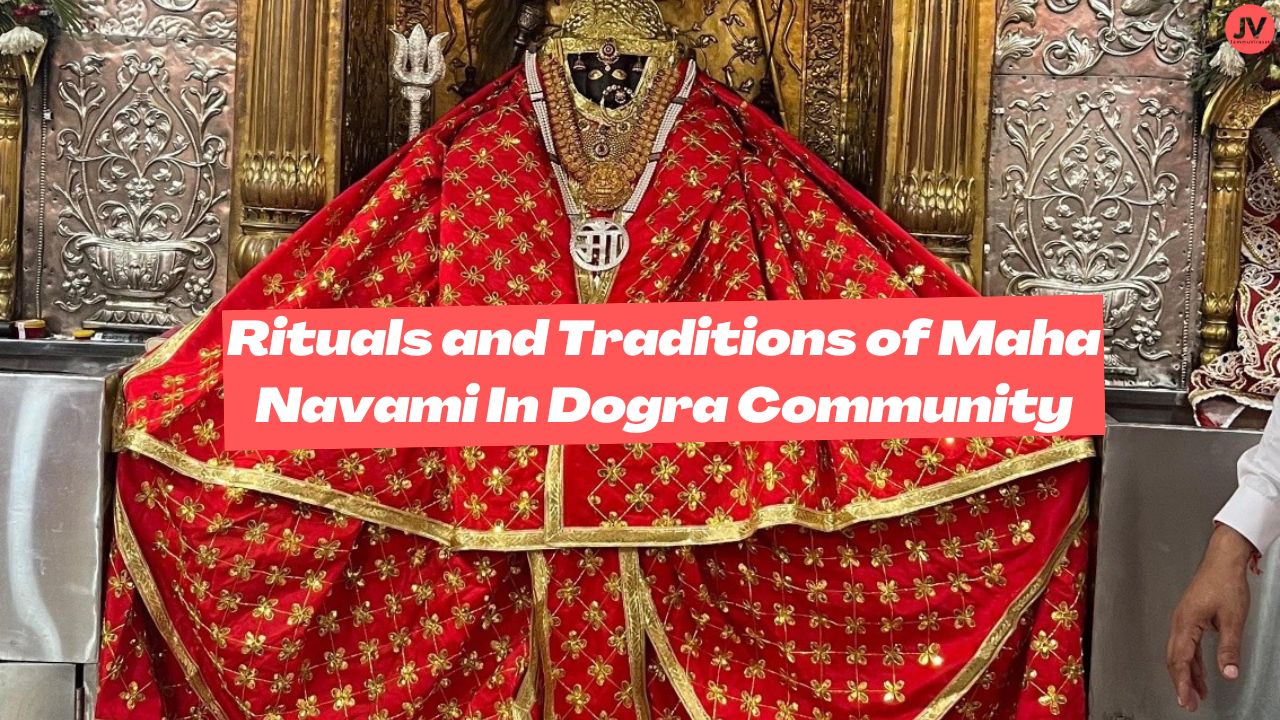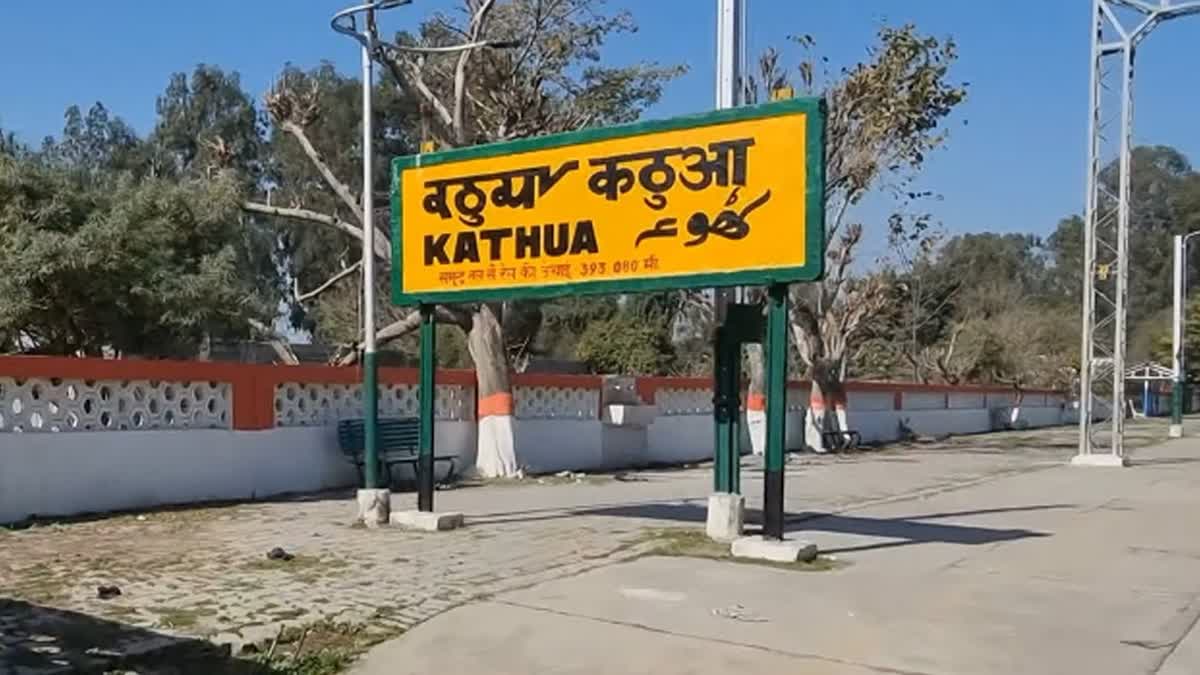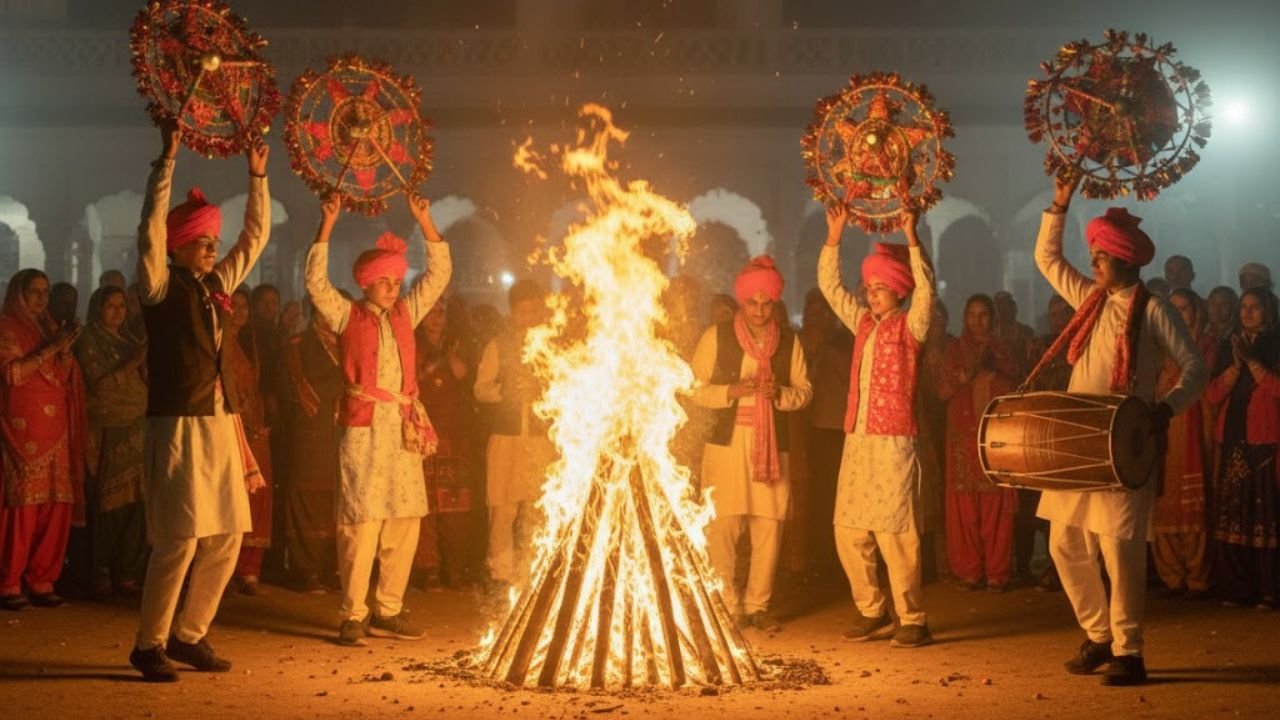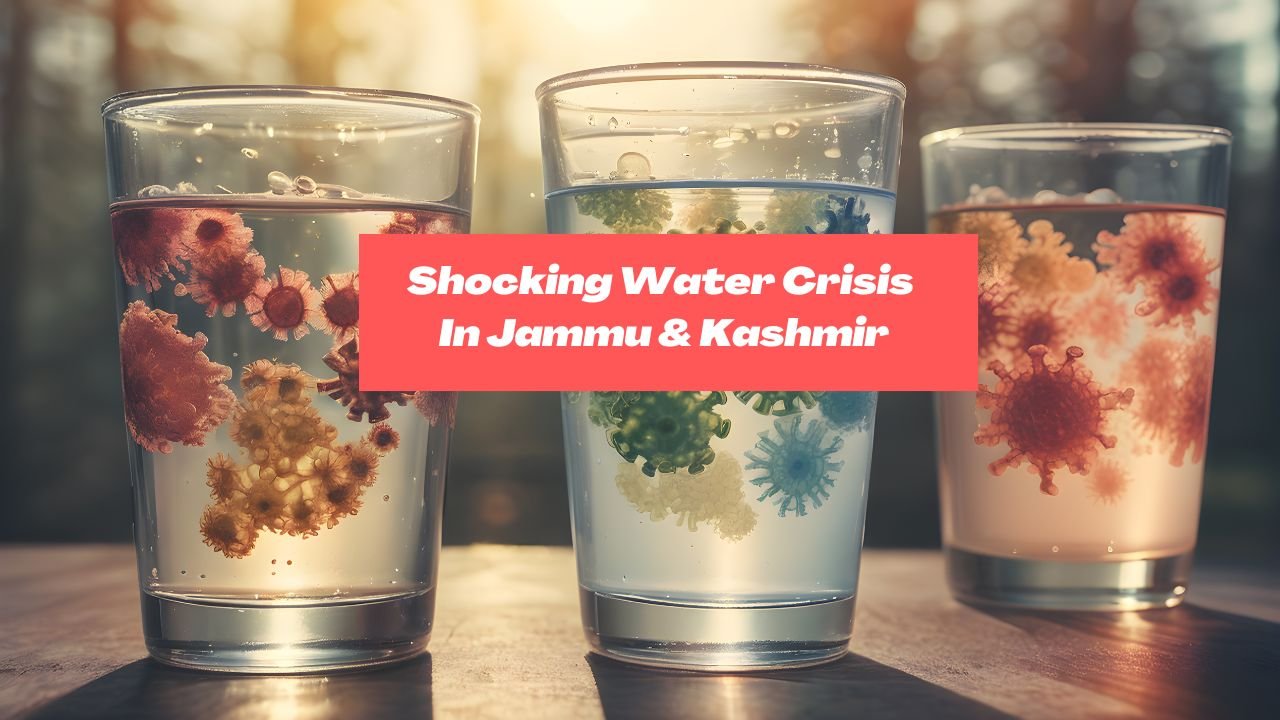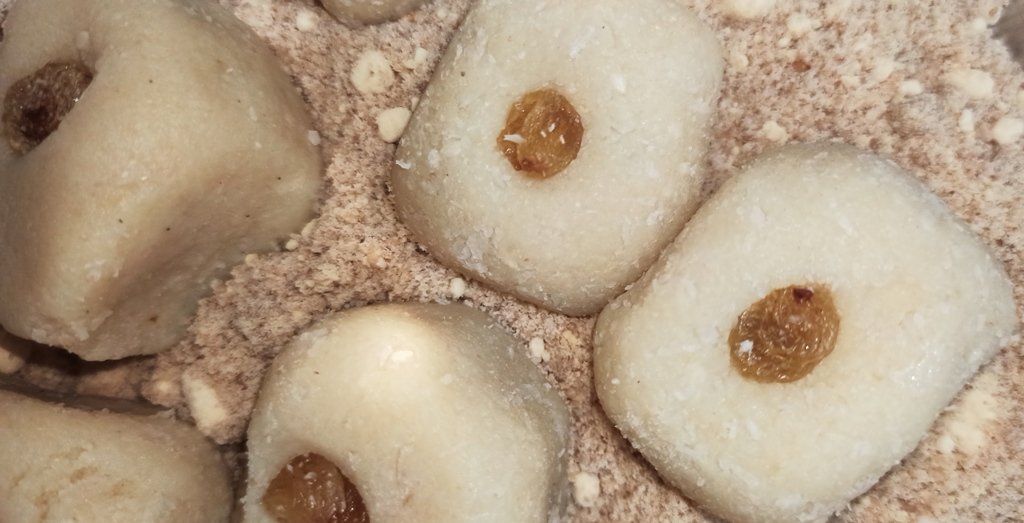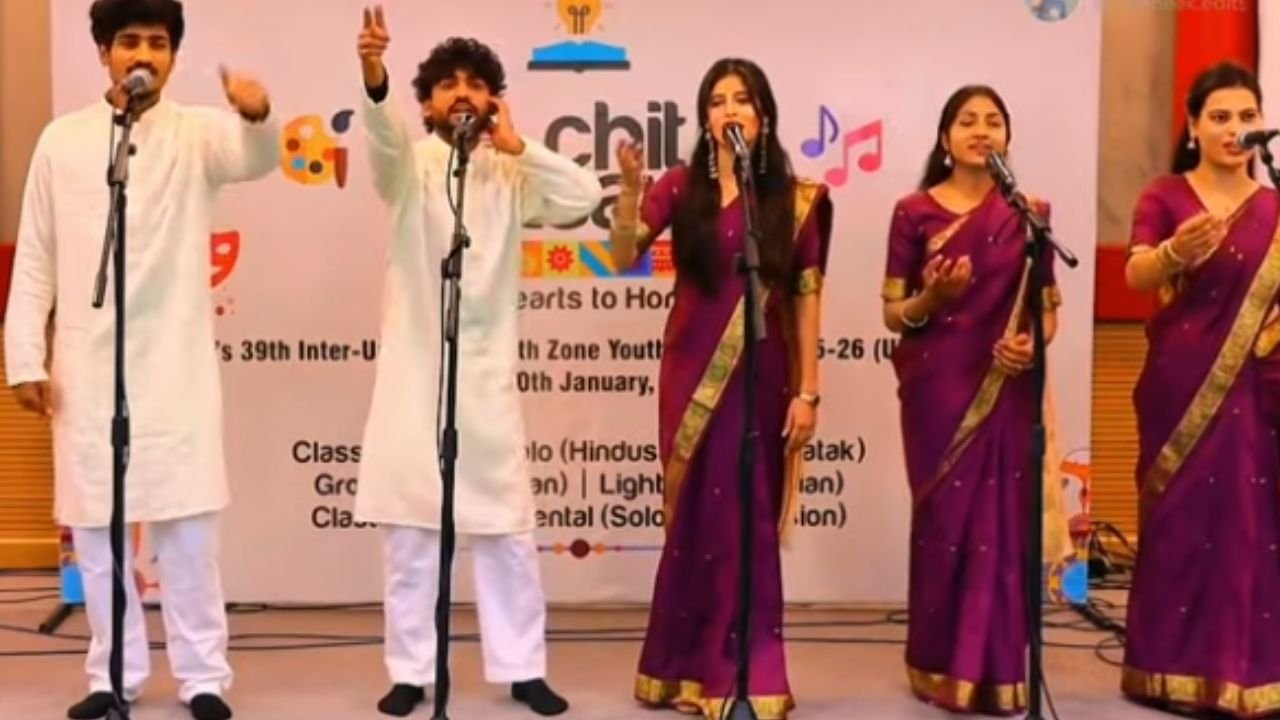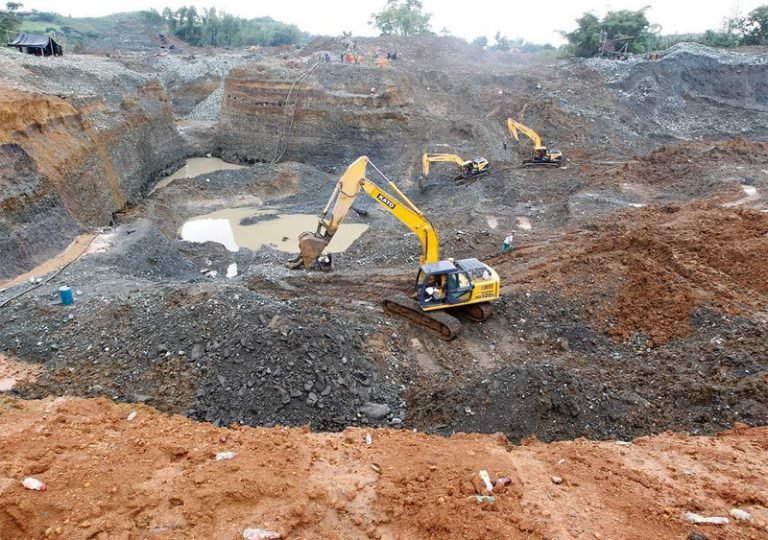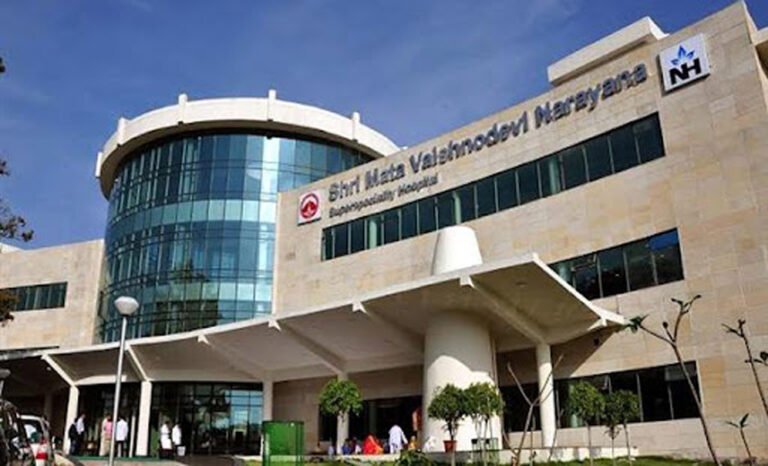Maha Navami is the ninth and final day of the Navratri festival, a nine-day Hindu celebration dedicated to worshipping the nine forms of Goddess Durga. Each day of Navratri holds unique significance, but Maha Navami is considered particularly auspicious as it marks the day before the grand celebration of Dussehra. It symbolizes the culmination of Durga’s battle against the demon Mahishasura, representing the victory of good over evil. This day is filled with powerful rituals, fasting, and prayers, especially in Jammu Division, where Maha Navami holds a special place in cultural traditions.
Dogra’s Unique Celebration of Maha Navami
In Dogra community, Maha Navami is celebrated with immense devotion and community participation. While the essence of Navratri remains the same across India, the cultural practices in Jammu have their own flair. The region combines ancient rituals with local traditions, and the celebration is marked by vibrant community gatherings, the chanting of Durga mantras, and elaborate offerings to the Goddess. Special pujas, cultural events, and local fairs make the celebrations here distinct.

In Jammu, during navratra’s Devotees pay obeisance at Bawe Wali Mata temple at Bahu Fort during nine days of Navratra festival. Pilgrims and devotees from across India pay obeisance in large numbers at Mata Vaishno Devi in Katra and Chechi Mata temple Samba during the festival. Pilgrims alos visit various shrines including Jodawali Mata and Dhollawalli Mata in Bani bordering Himachal Pradesh, Sukhrala Mata and Sundrikot in Billawar, Kali Mata in Jasrota Kathua, Jandi Fort and Sundribala in Nagri Parole Kathua during last nine days of Navratra. There is huge rush of devotees on the bank of river Tawi, Ghats of Ranbir canal and other canals besides the river Chanderbagha (Chinab) at Akhnoor and other places where large number of devotees thronged from early morning to immerse the Sakh in a traditional way.
Read also: Navratri :Five temples in Jammu you can visit
Maha Navami Date
This day marks the ninth day of the Navratri festival, leading up to Dussehra. The Navratri dates are based on the lunar calendar, and each year, the timing of Maha Navami can vary slightly. However, it always falls on the final day of Durga Puja, making it a day of immense importance for devotees. As per the Hindu calender, Maha Navmi falls on the ninth day of the Shukla Paksha (Waxing moon fortnight ) in the month of Ashwina.
Puja Muhurat for Maha Navami in Dogra Community
Timing is everything when it comes to religious rituals in Hinduism, and observing the correct Muhurat for Maha Navami is believed to enhance the blessings of the Goddess. The Maha Navami Puja Muhurat falls within the following period:
- Maha Navami Puja Muhurat: 6:00 AM to 8:30 AM (timings may vary slightly based on location).
- Sankalp Muhurat: Early morning hours are the most auspicious for performing the Navami rituals and fasting.
- Kanya Puja Muhurat: 11:00 AM to 1:00 PM.
It’s crucial to consult with local priests for precise timings based on your specific location.
Significance of Maha Navami
Maha Navami holds deep religious and spiritual significance. According to Hindu mythology, this day is linked to the slaying of Mahishasura by Goddess Durga. The day symbolizes the final victory of divine feminine power over evil forces. It is a time for intense devotion, and devotees believe that participating in Maha Navami rituals will help them remove obstacles in life and receive the divine grace of the Goddess.
Read also: Navratri in Jammu: 5 Must-Visit Temples to Seek Divine Blessings
Rituals and Traditions of Maha Navami In Dogra Community

The rituals on Maha Navami are deeply spiritual and are performed with utmost dedication. The day begins with Sakh puja where a sacred pot is worshipped. This is followed by Kanya Puja, where young girls are revered as embodiments of Goddess Durga. Devotees also perform Durga Puja, offering flowers, fruits, and special bhog (sacred food) to the deity and by immers Sakh in river as 9-day long Navratra festival culminates.
Maha Navami Fasting
Many devotees observe a strict fast on Maha Navami. The fasting can be of various types—some people consume only fruits and milk, while others opt for a complete fast without food or water (Nirjala fast). The fast is believed to purify the body and mind, allowing devotees to focus entirely on their prayers to the Goddess.
Read also: 9 Special Dogra Dishes You Can Have For This Navratri Vrat Recipes
The Role of Kanya Puja in Maha Navami
Kanya Puja is one of the most significant rituals on Maha Navami. In this ritual, nine young girls, representing the nine forms of Goddess Durga, are worshipped. Devotees wash their feet, offer them food ( mostly puris and halwa), and give them gifts as a form of respect and give . This ritual symbolizes the reverence of the divine feminine energy and the purity of the Goddess.
Read also: Why Kanjak pooja on the ninth day only in Navratras?
Durga Puja on Maha Navami
Special Durga Puja ceremonies are performed on Maha Navami, where devotees gather to offer prayers and chant sacred mantras. This is also the day when the deity is offered special bhog, and the priest performs a series of rituals to invoke the blessings of the Goddess for prosperity and protection.
Bhog and Prasad Distribution
The offerings made to the Goddess during Maha Navami are later distributed as Prasad among the devotees. The bhog typically includes traditional foods like puris, halwa, and fruits. Sharing this Prasad is an act of communal bonding and devotion, as it is believed to carry the blessings of the Goddess.
Spiritual Practices and Devotion on Maha Navami
Beyond the physical rituals, Maha Navami is also a day of deep spiritual significance. Devotees often engage in meditation, chanting of Durga mantras, and reading sacred texts like the Durga Saptashati. These practices are believed to purify the mind and bring spiritual growth.
Social and Community Aspects of Maha Navami
In Jammu, Maha Navami is not just a religious event but also a social one. Families and communities come together to celebrate, and various cultural programs are organized. Temples are beautifully decorated, and devotees participate in large processions that reflect the vibrant spirit of the festival.
Maha Navami in Different Regions
While the celebrations in Jammu are unique, Maha Navami is observed differently in other parts of India. In West Bengal, it coincides with the Sandhi Puja, marking the end of Durga Puja festivities. In Gujarat, the day is part of the Navratri Garba celebrations, and in Tamil Nadu, it is celebrated with grand devotion to Goddess Saraswati.
How Maha Navami Prepares for Dussehra
Maha Navami sets the stage for Dussehra, which is celebrated the following day. While Maha Navami focuses on intense devotion and rituals, Dussehra is a day of celebration, symbolizing the victory of good over evil as Lord Rama defeats Ravana.
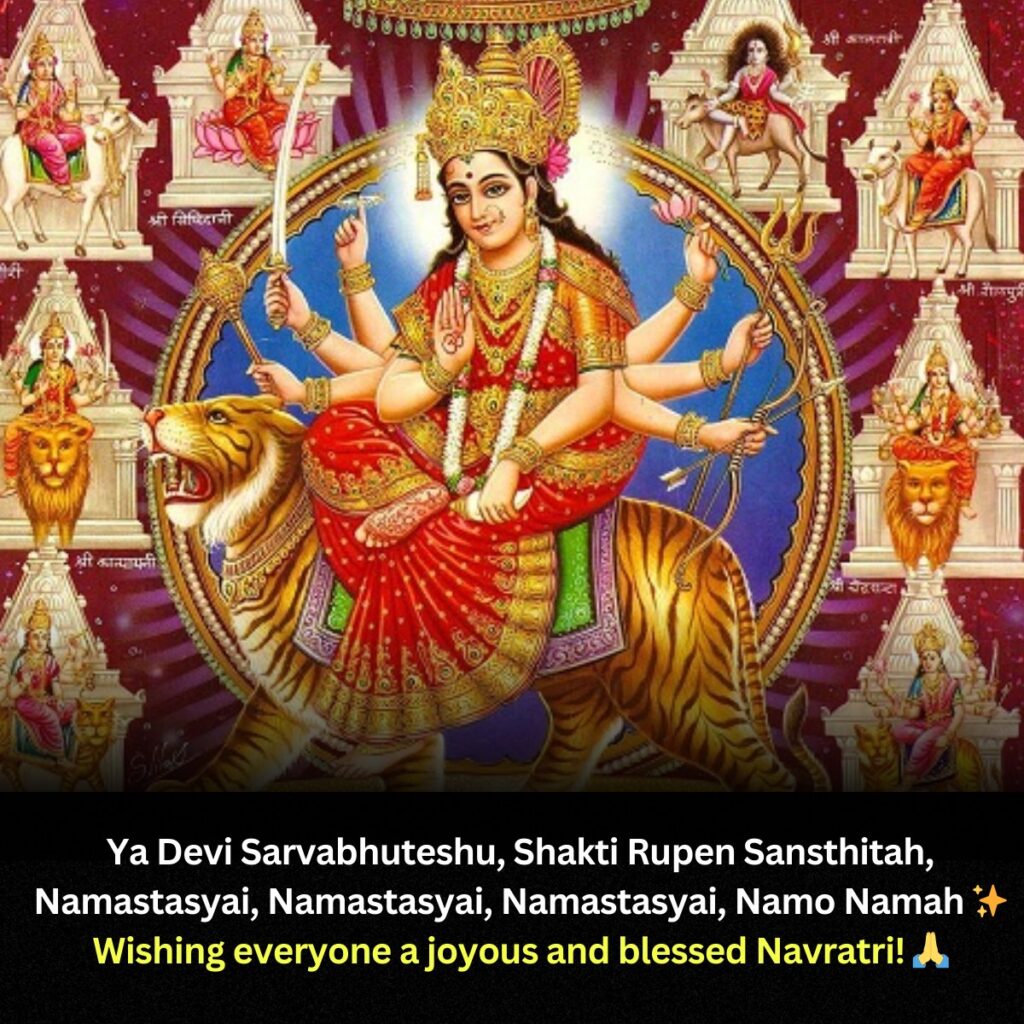
Maha Navami is not just a day of rituals and fasting but a deep expression of faith and devotion to Goddess Durga. It symbolizes the victory of good over evil, highlighting the triumph of divine feminine power. Jammu and the rest of India prepare to celebrate this auspicious day, devotees will once again gather to perform rituals, observe fasts, and engage in spiritual practices that bring them closer to the divine.
The cultural richness and spiritual intensity of Maha Navami make it a significant part of Navratri, especially in regions like Jammu where the festival takes on unique local flavors. Whether through Kanya Puja, Durga worship, or community celebrations, the day encourages devotees to embrace purity, humility, and spiritual strength. As we prepare for Dussehra, the energy and blessings from Maha Navami carry forward, reminding us that with faith, good will always prevail over evil.
FAQs
1. What is the significance of Maha Navami in Navratri?
Maha Navami, the ninth day of Navratri, is considered one of the most important days of the festival. It marks the day before Dussehra and symbolizes the victory of Goddess Durga over the demon Mahishasura. The day is filled with rituals, fasting, and devotion to the Goddess.
2. What are the main rituals performed on Maha Navami?
Key rituals on Maha Navami include Durga Puja, Kanya Puja (worshipping young girls as embodiments of Durga), fasting, and offering special prayers. Devotees also offer bhog (sacred food) to the Goddess and distribute Prasad among the community.
3. How is Kanya Puja conducted during Maha Navami?
Kanya Puja involves worshipping nine young girls, representing the nine forms of Goddess Durga. Devotees wash their feet, offer them food, and give them gifts. This ritual signifies respect for feminine energy and purity.
4. Can anyone fast on Maha Navami, and what are the rules?
Yes, anyone can fast on Maha Navami. The fast can be a complete fast without food or water (Nirjala fast), or a simpler fast where only fruits and milk are consumed. The rules depend on personal choice, but the purpose is to purify the body and mind to focus on devotion.
5. What does Maha Navami symbolize in Hinduism?
Maha Navami symbolizes the victory of good over evil. It marks the culmination of Goddess Durga’s battle against the demon Mahishasura, representing the power of righteousness and the destruction of negative forces in life.

